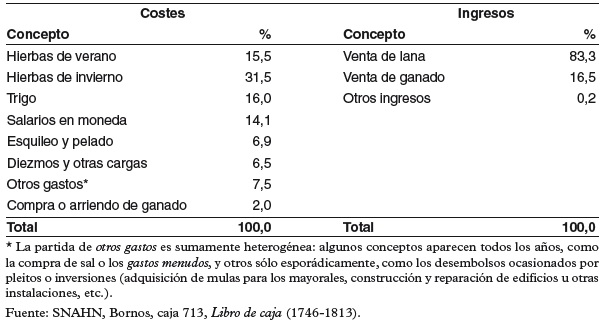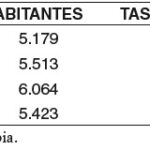
In the mid-16th century, it can be seen how the Cabildo sought to direct the offer of land to the small peasantry in order to increase the number of participants in the auctions. The most reliable population figures for the city indicate that the annual rate of population growth was particularly strong in the 1550s, coinciding with the high rents reached by the council lots and the complaints of the farmers about the auction system. It is not known at present when the demographic pressure eased, although it probably continued until the plague epidemic of 1582-1583, which was a great blow to the city and was reflected in the negative rate of the following intercensal period. Thus, between 1531-1592, the population of La Laguna varied slightly from the second half of the century onwards, maintaining very similar levels that reached their maximum in 1559.
Collection: Statistics
Project: 3. Rural world and urban world in the formation of the European identity., 4. Family, daily life and social inequality in Europe.
Chronology: XVI
Scope: Secondary Education, Baccalaureate, University
Link: https://www.historiaagraria.com/FILE/articulos/HA64__www_Nunez.pdf
Resource type: Statistics
Format: Table
Source: Núñez Pestano, Juan Ramón, «Campesinado, cambio agrario y usos comunales: la dehesa de La Laguna (Tenerife), 1498–1769, Historia Agraria, 64 (2014), pp. 13–41.
Language: Spanish
Date: 2014
Owner: Álvaro Romero González (Modernalia)
Copyright: © Juan Ramón Núñez Pestano © Revista de Historia Agraria
Abstract: Population in La Laguna, Tenerife, during the 16th century
Image
Tags






